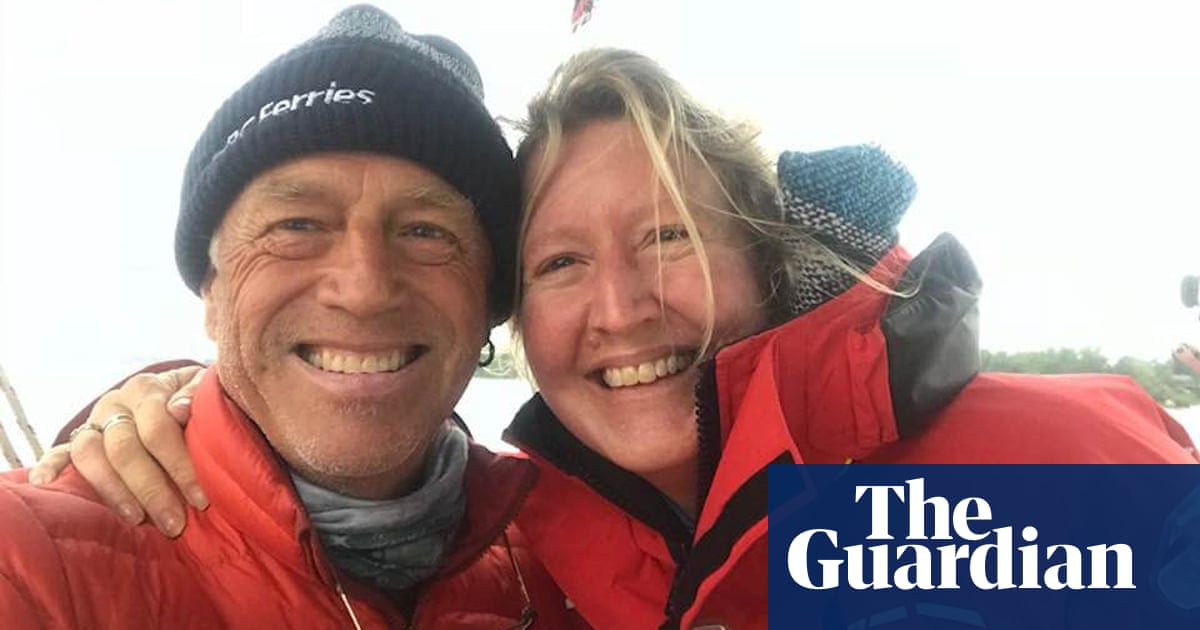This is the best summary I could come up with:
The bodies of a couple who were on a sailing trip across the Atlantic Ocean have been found on a life raft that washed up on a remote Canadian island almost six weeks after they were last seen.
Briton Sarah Packwood, 54, and her Canadian husband, Brett Clibbery, 70, are thought to have abandoned their yacht and died before washing up on Sable Island – known as the “graveyard of the Atlantic” – east of Nova Scotia in Canada on 12 July.
One theory investigators are exploring is that the yacht was struck by a passing cargo ship that did not notice the collision, according to Canadian news website Saltwire.
Brett proposed to me in the main cabin of the boat.” The couple then married on Theros in 2016 and Packwood moved to Canada in 2018, purchasing land with Clibbery on Salt Spring Island.
In a video posted to their YouTube channel, Theros Adventures, on 12 April the pair named the trip the Green Odyssey, and explained how it would rely on sails, solar panels, batteries and an electric engine repurposed from a car.
In what would be their final post, the pair wrote on Facebook: “Captain Brett and First Mate Sarah set sail on the 2nd leg of The Green Odyssey on board Theros – GibSea 42 foot sailboat.
The original article contains 681 words, the summary contains 220 words. Saved 68%. I’m a bot and I’m open source!
Shit man…that’s sad…
I gather that many larger ships often either have malfunctioning AIS or don’t have it turned on.
AIS is a system that pings identity and location to other ships, and can set off alarms to warn of impending collisions at sea.
Seems like it could be used as a homing signal for pirates.
I don’t know for sure, but I suspect there aren’t many pirates in the middle of the Atlantic.
All commercial ships are required to be transmitting on AIS. The article doesn’t mention if this couple had AIS (send or receive) at all though. Typically sailors keep watch in shifts to spot potential collisions. By the sounds of it, they had a lot of miles under their belt.
If I had to guess, they had a mechanical failure or a collision with something else that caused them to take on water.
By the sounds of it, they had a lot of miles under their belt.
You have to wonder how they ended up dead? What happened to the EPIRB? Did they not have a PLB? GPS and Portable Radio?
Boats that size can sink incredibly fast. They may have had 5 minutes to figure out what was going on, try and fail to stop it, grab a few things and deploy a life boat. It’s possible one or both of them were asleep. It may have been the middle of the night. There would have been a storm. E.g. The situation may have been very disorienting.
I would guess whatever happened, they ended up bobbing around in a life raft for days with little or no food/water. As a pale redhead I know I would personally die after a couple days of sun exposure alone.
I say, let’s round up all orcas in the vicinity for questioning.




